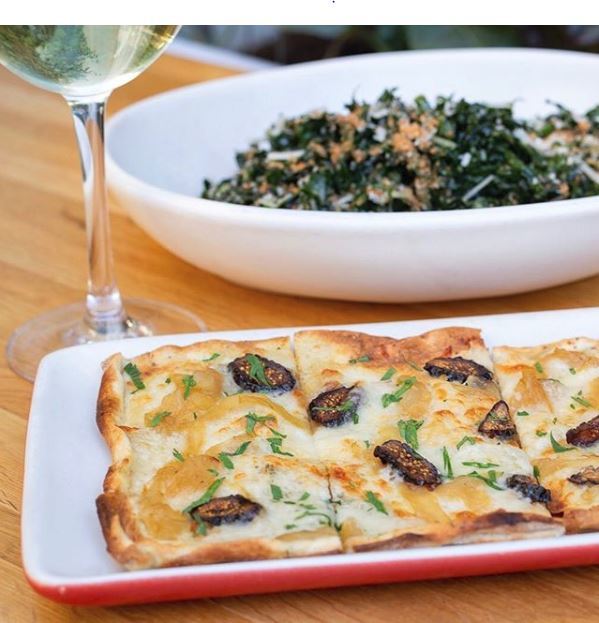 There’s chronological age and performance age and both may not be the same. So what is age? Some maintain age is a physical state, others believe it has biological, psychological, social and spiritual dimensions. Consider the Karnofsky scale, in which 100 represents perfect health and 0 death; it was initially formulated to predict which patients would be able to tolerate and thus benefit from cancer chemotherapy. Should there be a similar “yardstick”, for cosmetic surgery? In the current era of “political correctness” can one be accused of being “agist”? Perhaps, but where it concerns patient selection for cosmetic surgery procedures, we, the cosmetic physicians must be vigilant and ultimately patient advocates because the health consequences may potentially be lethal.
There’s chronological age and performance age and both may not be the same. So what is age? Some maintain age is a physical state, others believe it has biological, psychological, social and spiritual dimensions. Consider the Karnofsky scale, in which 100 represents perfect health and 0 death; it was initially formulated to predict which patients would be able to tolerate and thus benefit from cancer chemotherapy. Should there be a similar “yardstick”, for cosmetic surgery? In the current era of “political correctness” can one be accused of being “agist”? Perhaps, but where it concerns patient selection for cosmetic surgery procedures, we, the cosmetic physicians must be vigilant and ultimately patient advocates because the health consequences may potentially be lethal.
Some studies suggest that seniors prefer “quality of life” measures over prolonged length. Accordingly, it’s vital to involve an older patient, their family and/or caregivers in a comprehensive discussion on the risk, benefit ratio as well as how recovery may affect their daily routines. Preop screening includes weighting a specialized battery of preoperative tests including cognition, frailty, functional status and nutrition, in addition to reviewing their comorbidities. In such a manner, we can make a more informed treatment decision for each older patient we serve. Gerontologists subgroup young old (60-69y), middle old (70-79y) and old old (80+) but we all know that there is great diversity in how individuals age. Recently, a greater emphasis has been placed on assigning a “frailty score” to geriatric patients, as a positive predictor for future adverse events. A frailty assessment tool for the older surgical population should be undertaken for risk stratification and identification of factors for potential modification. The prevalence of frailty in patients of all ages presenting for surgical procedures is quoted at between 4.1 and 50.3%
Some potentially correctable factors, which are known to influence the frailty index include but are not limited to exercise, improved nutrition, treatment of anemia and depression. Transition from one frailty state to a more vulnerable one has a resultant impact upon mortality.The natural history of frailty shows that it is more common to progress to a state of greater frailty than to improve to a state of lesser frailty. However, even without intervention, some individuals become ‘less frail’. These observed transitions between different ‘degrees of frailty’ suggest that potential interventions aimed at lessening the state of frailty are critical.
Over the last 20 years, the number of older people undergoing both nonelective and elective surgical procedures has increased faster than the rate of population ageing. Surgical and anaesthetic advances and improvements in the medical care of older surgical patients have facilitated this trend. A five year, 2008-13, review of cosmetic surgery complications, stratified by age, by Cosmetassure, revealed the following:
- a. insignificant difference of complications for individuals >65 years compared to younger, 1.94% vs 1.84%;
- b. for patients >80 years, complication rate is 2.2%;
- c. Geriatric health-related indicators: increased Body Mass Index (25.4 vs 24.2), Diabetes mellitus (5.7 vs 1.6), Non-smoker status (3.4 vs 8.5);
- d. Abdominoplasty complication rate, hematoma, infection, delayed wound healing, higher (5.4 vs 3.9).
Calgary Dermatologist, Dr. Kent Remington, M.D. notes that “beauty is a commodity, which never goes out of style, especially in a disruptive economy”. Wanting to look good isn’t the exclusive province of the young, however the prudent selection and safe passage of all patients is one of our most important mandates.



